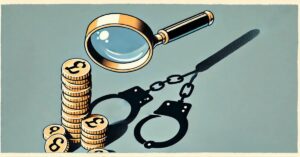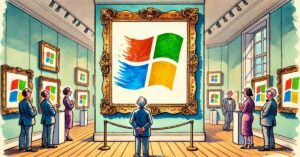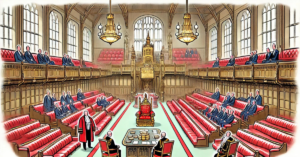Article

In recent years, fractional ownership of art has emerged as a trend within the art market, allowing investors to purchase shares in high-value artworks rather than acquiring them outright. This model aims to democratise art investment, making it accessible to a broader audience. However, while fractional ownership of art may seem appealing at first glance, it comes with significant pitfalls that can diminish the value and enjoyment of owning art.
The Concept of Fractional Ownership of Art
Fractional ownership of art involves multiple investors pooling their resources to purchase a piece of art collectively, each holding a fraction of the ownership. This approach enables individuals to invest in blue-chip art without substantial capital. Platforms facilitating such investments promise liquidity and diversification, but these benefits come with considerable downsides.
The Pitfalls of Fractional Ownership of Art
1. Lack of Control
One of the primary drawbacks of fractional ownership of art is the lack of control over the asset. In a fractional ownership model, decisions regarding the artwork—such as its display, sale, or insurance—are typically made by a managing entity or through a consensus among shareholders. This can lead to conflicts and delays, particularly when investors have differing opinions on how to manage the piece.
2. Limited Enjoyment
Art is not just an investment; it’s an experience. The joy of owning a masterpiece lies in the ability to display it, appreciate it, and derive personal satisfaction from its presence. Fractional ownership often means the artwork is stored in a secure facility, limiting the time one individual can enjoy it.
3. Complexity and Fees
The fractional ownership model introduces complexity and additional costs. Management fees, storage costs, insurance premiums, and transaction fees can erode potential returns. Investors must also navigate legal agreements and compliance requirements, adding layers of administrative burden.
4. Market Risks
While fractional ownership platforms promise liquidity, the market for art shares is not as robust or transparent as traditional financial markets. Finding buyers for art shares can be challenging, especially in a downturn, potentially leaving investors with illiquid assets.

The Superiority of Exclusive Ownership
1. Full Control
Exclusive ownership provides complete control over the artwork. Owners can decide where and how to display the piece, manage its care, and determine the timing and terms of any future sale. This autonomy ensures that the artwork can be enjoyed and preserved according to the owner’s preferences and vision.
2. Personal Connection
Owning art is often a deeply personal experience. Exclusive ownership allows for an intimate connection with the artwork, enabling the owner to build a collection that reflects their tastes and values. This connection can significantly enhance the intrinsic value of the investment.
3. Clear Investment Path
While the art market can be volatile, exclusive ownership offers a clearer investment path. Owners can work directly with galleries, auction houses, and private buyers, maintaining greater control over the sale process and potentially achieving better financial outcomes.
A study by Deloitte’s Art & Finance Report highlights that while fractional ownership platforms are growing, the majority of high-net-worth individuals prefer direct ownership of art. The report notes that exclusive ownership aligns better with wealth preservation and legacy planning strategies, which are crucial considerations for serious art collectors. Furthermore, research published in the Journal of Cultural Economics indicates that the emotional and aesthetic benefits derived from exclusive ownership significantly enhance the overall value of the investment, suggesting that the non-financial rewards of art ownership should not be underestimated.
While fractional ownership of art may seem like an attractive entry point for new investors, the pitfalls associated with this model often outweigh the benefits. The lack of control, limited enjoyment, and added complexities make it a less desirable option for serious collectors and investors. Investing in art is not just about financial returns; it’s about cultivating a meaningful relationship with the pieces that inspire and enrich our lives. Exclusive ownership allows for this deeper connection, ensuring that art remains a source of joy and value for future generations.
Learn More About Exclusive Ownership
For those interested in exploring the benefits of exclusive ownership of original, museum-grade artworks, we invite you to reach out to our Art Market Partners. Their experts specialise in high-value art investments and can provide comprehensive guidance tailored to your unique needs and goals. Please fill out the form below to request more information and take the first step toward building a distinguished art collection.






